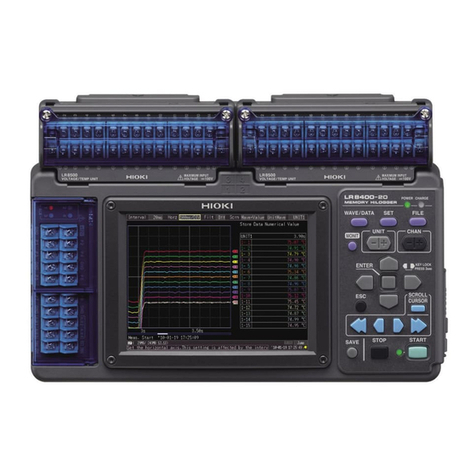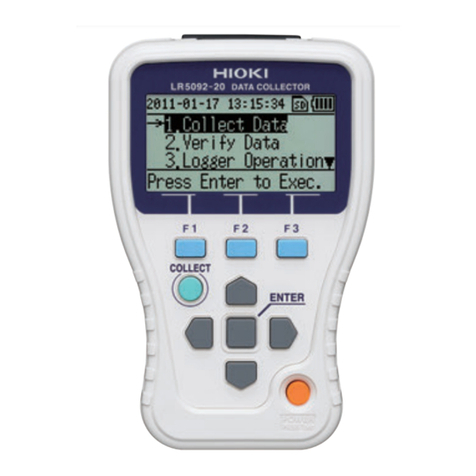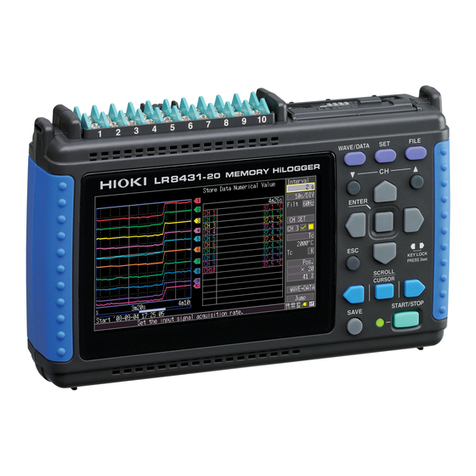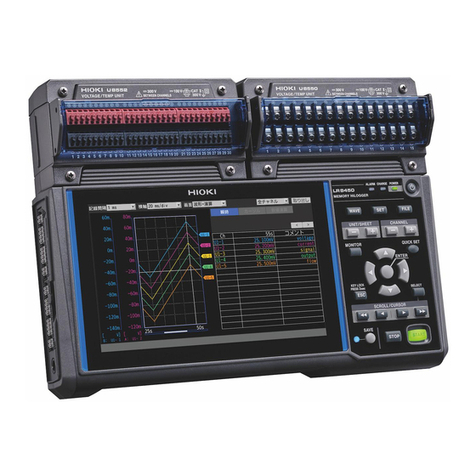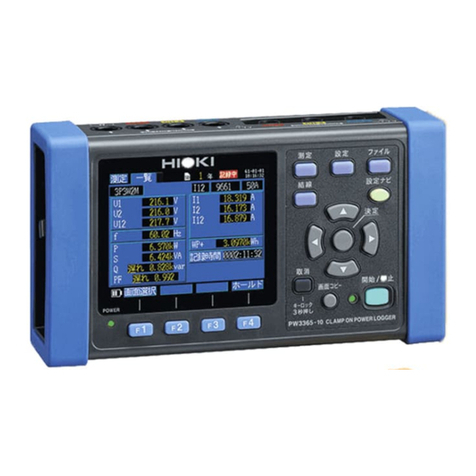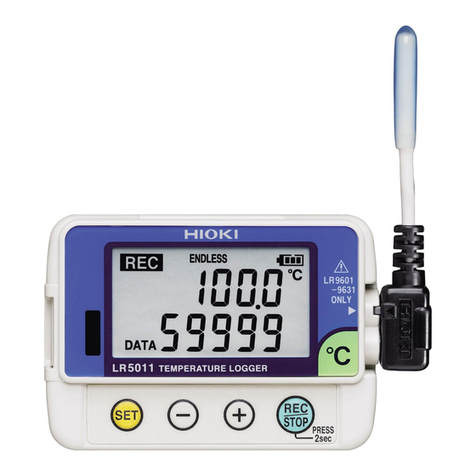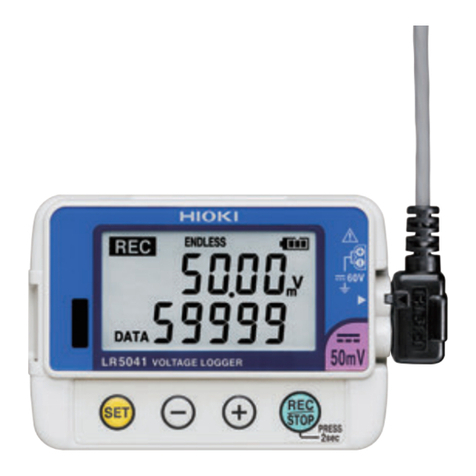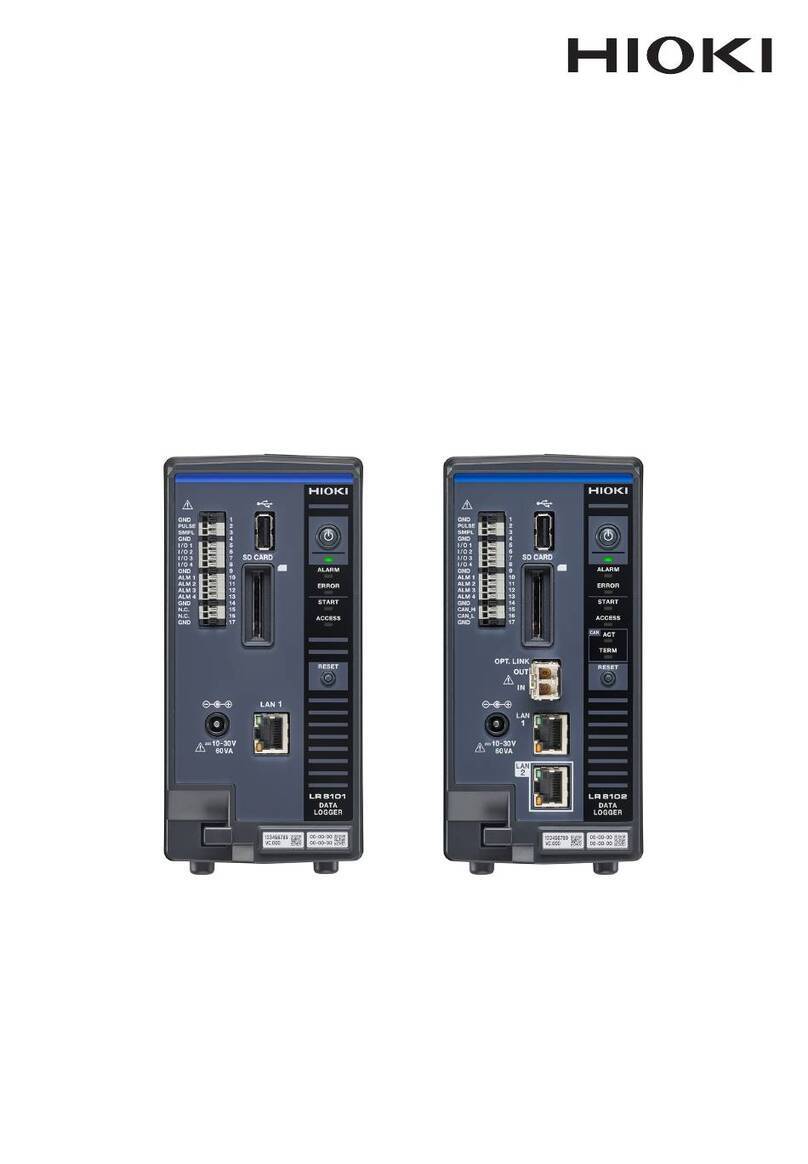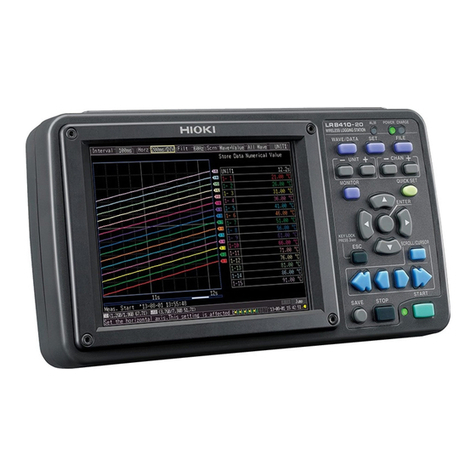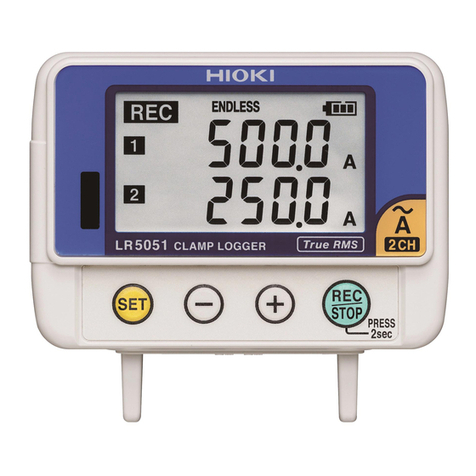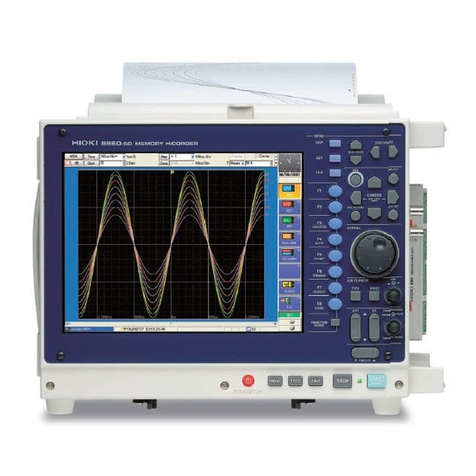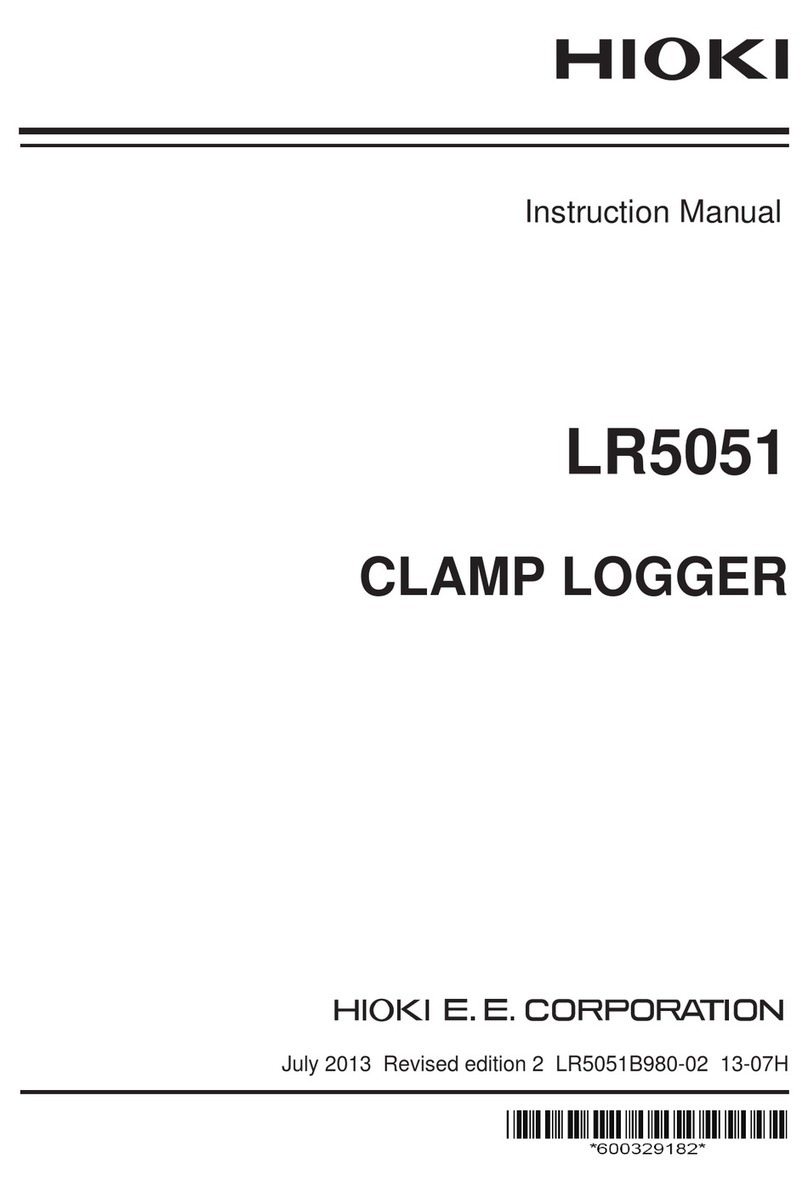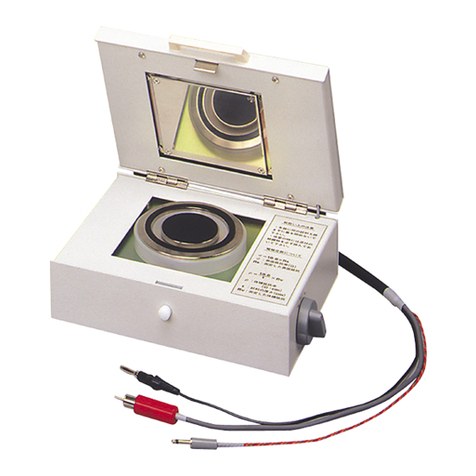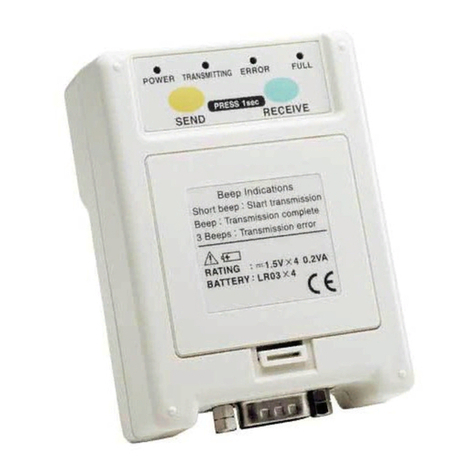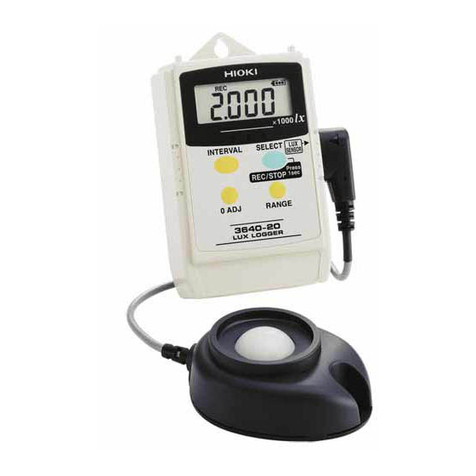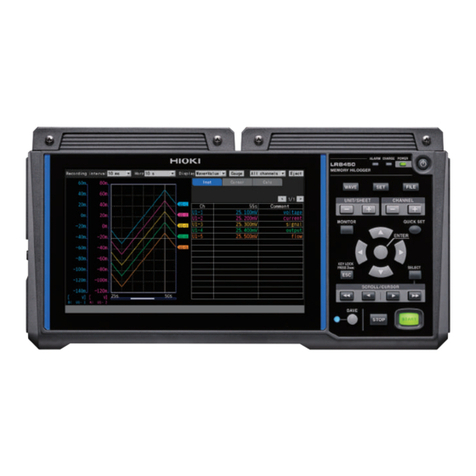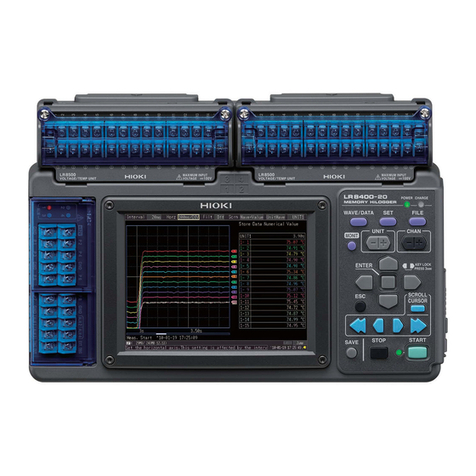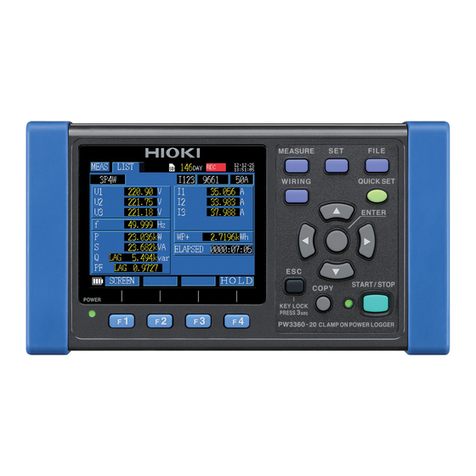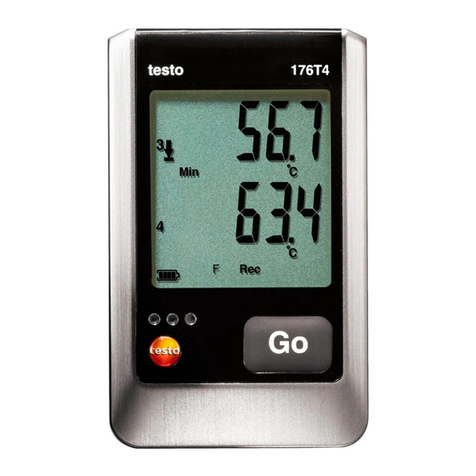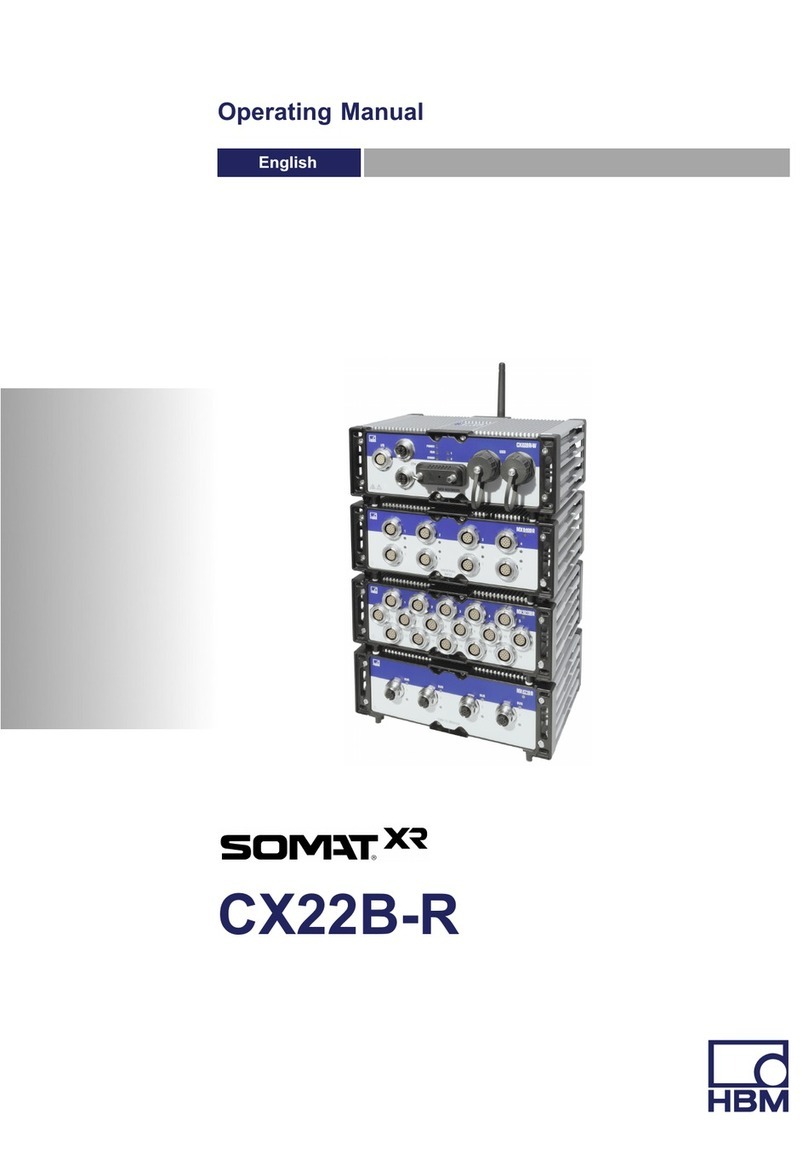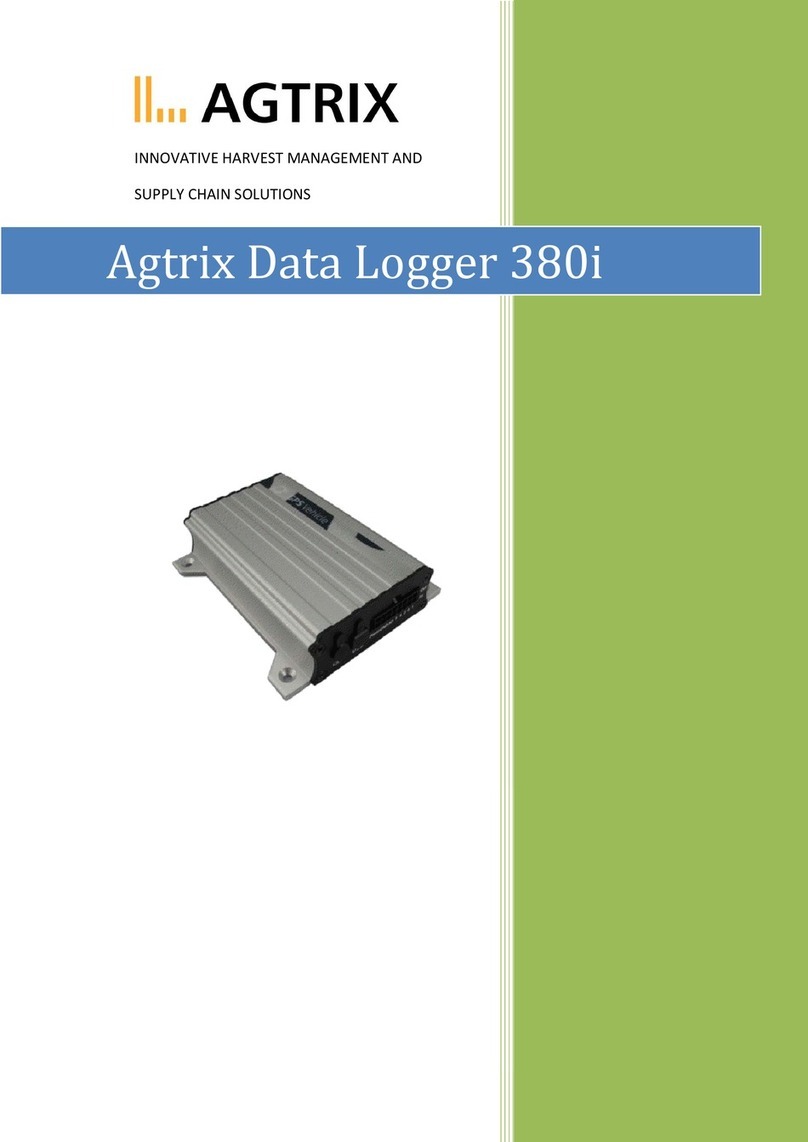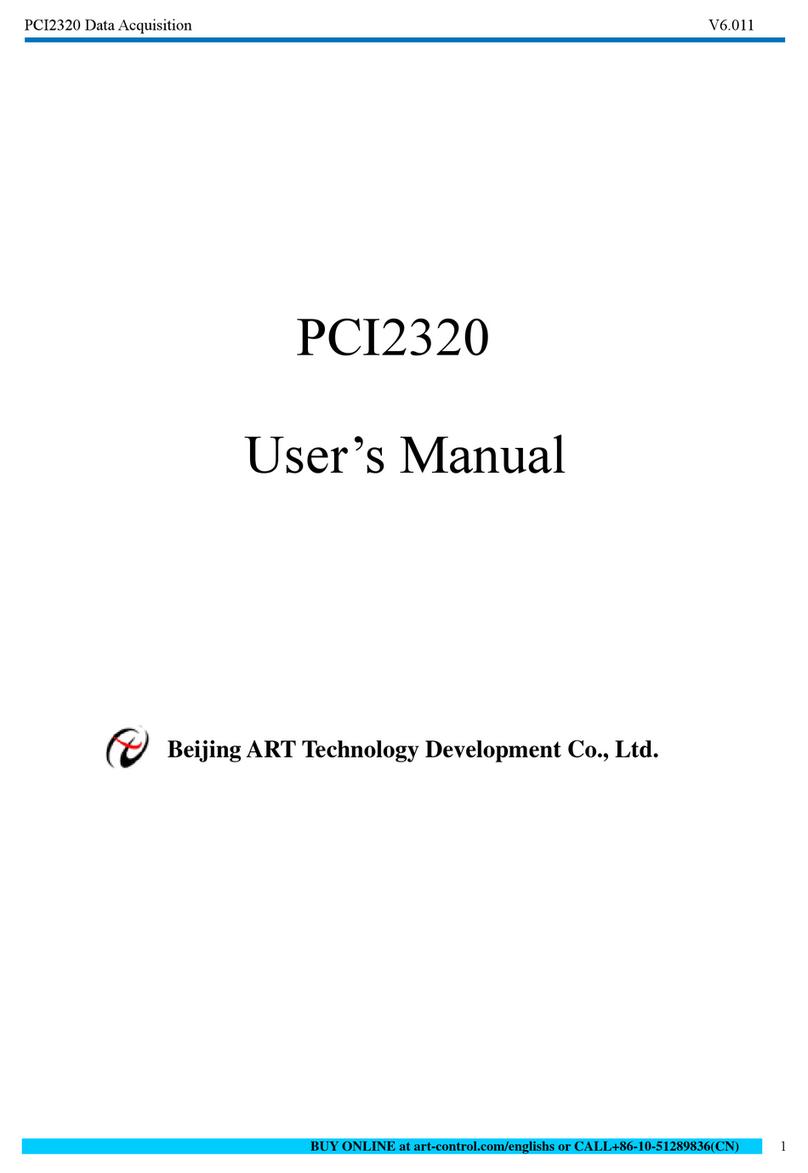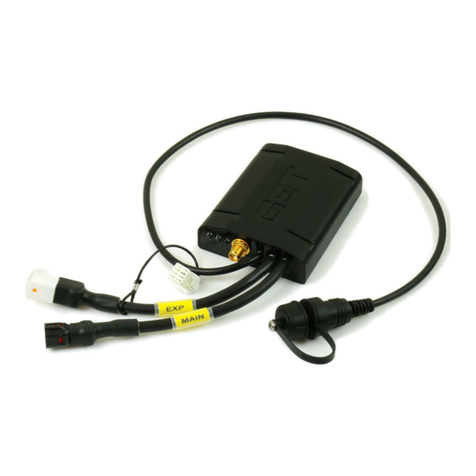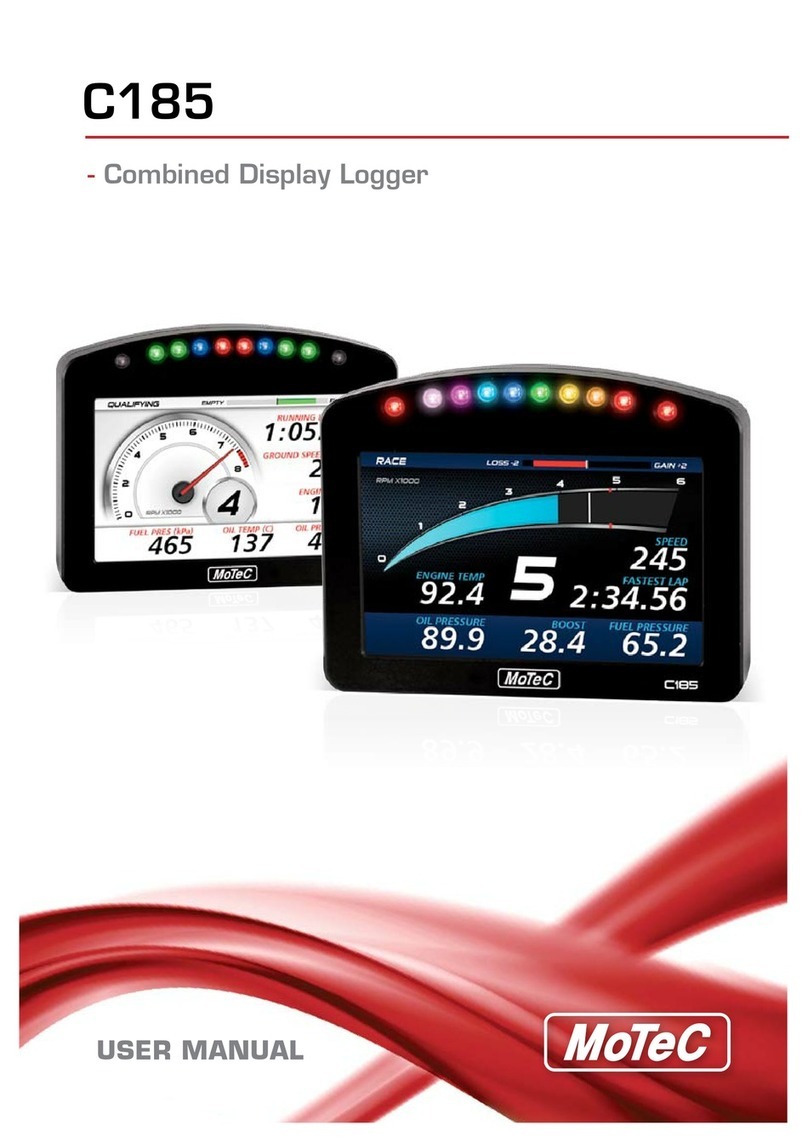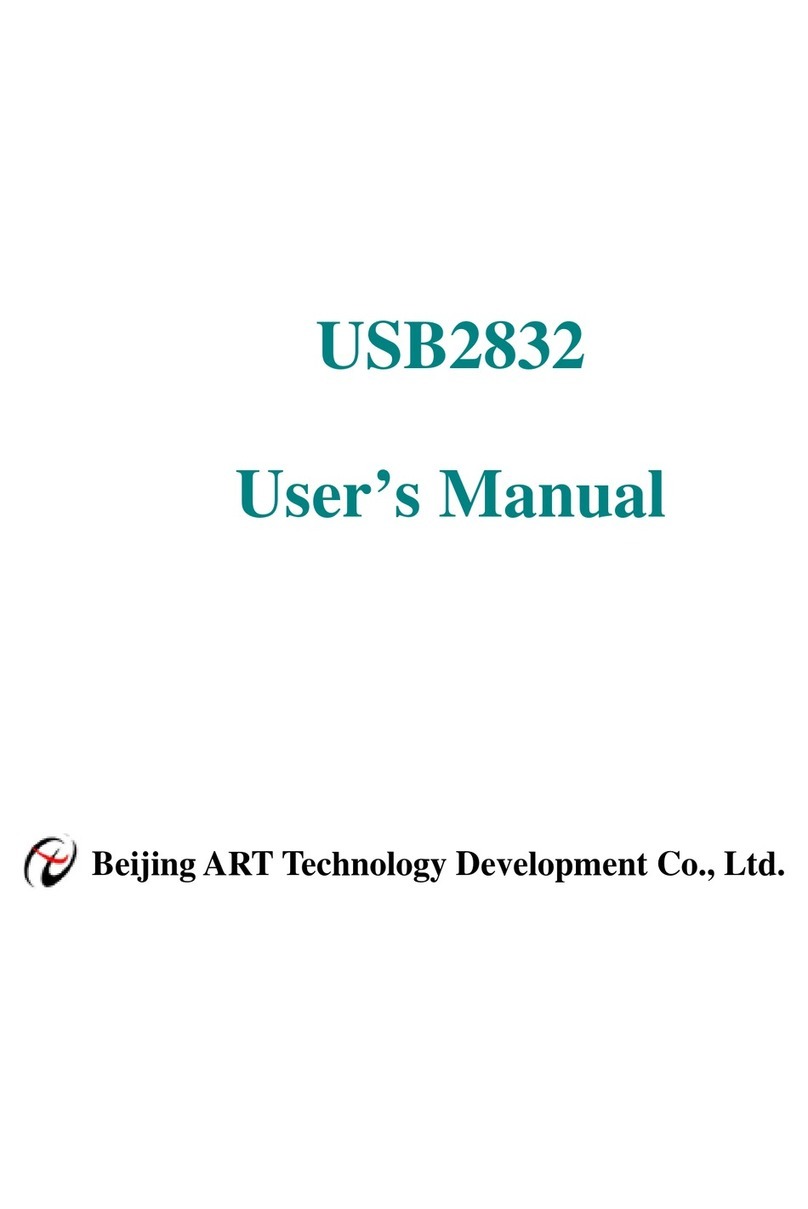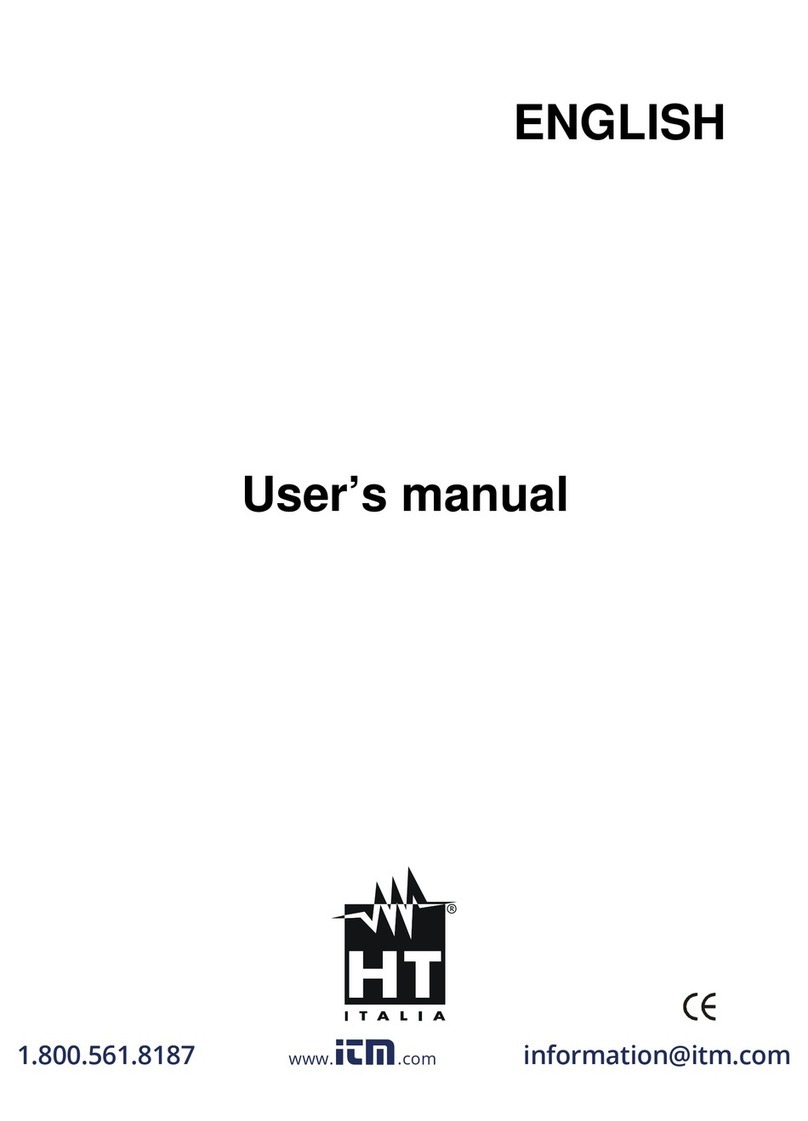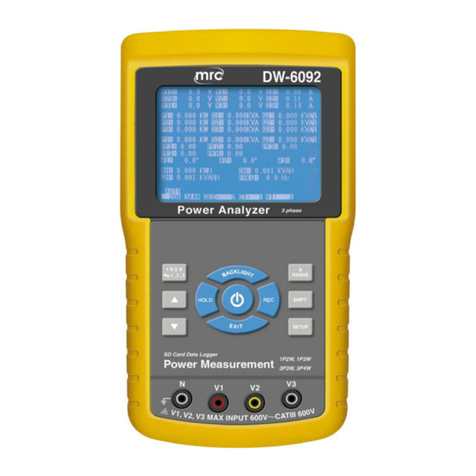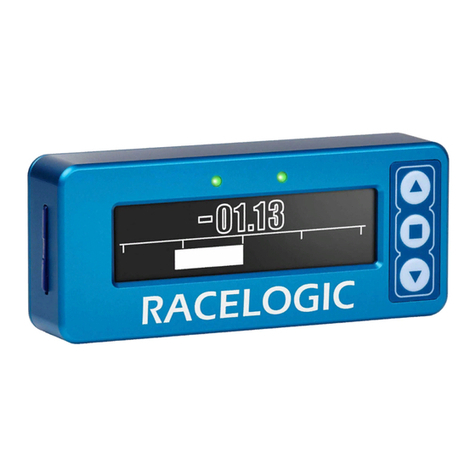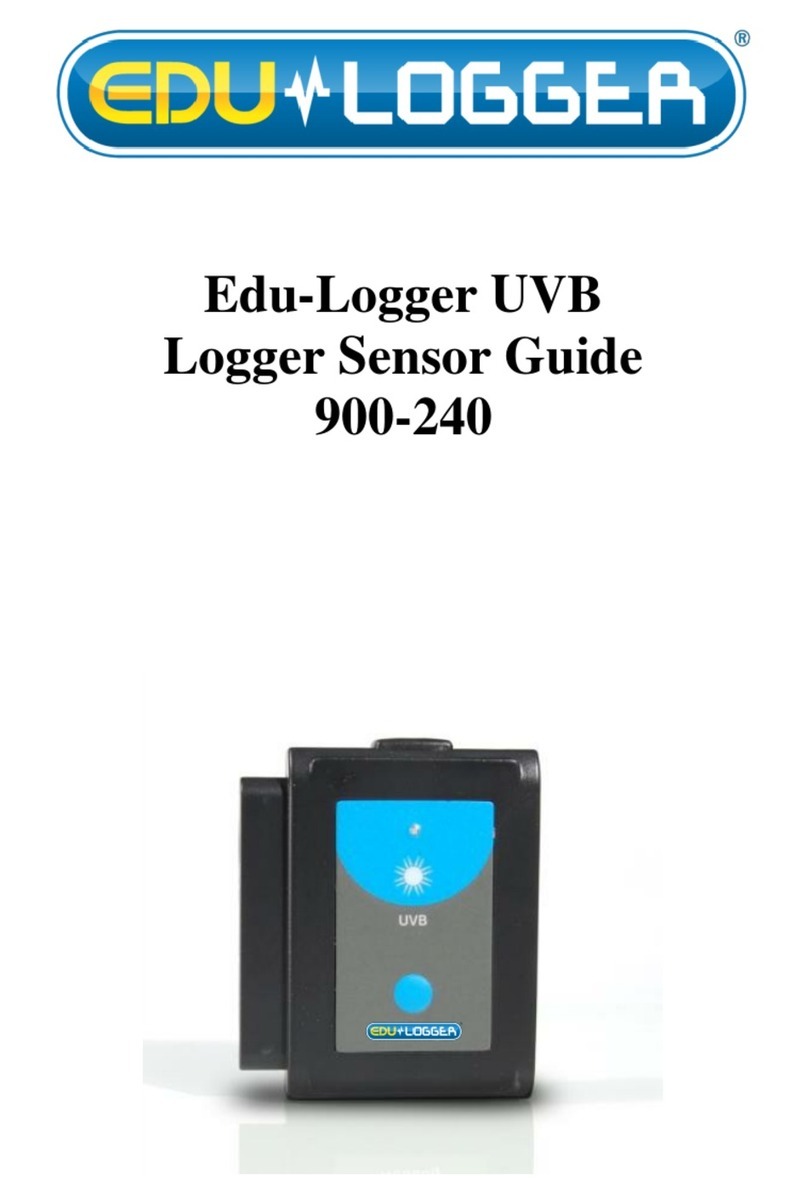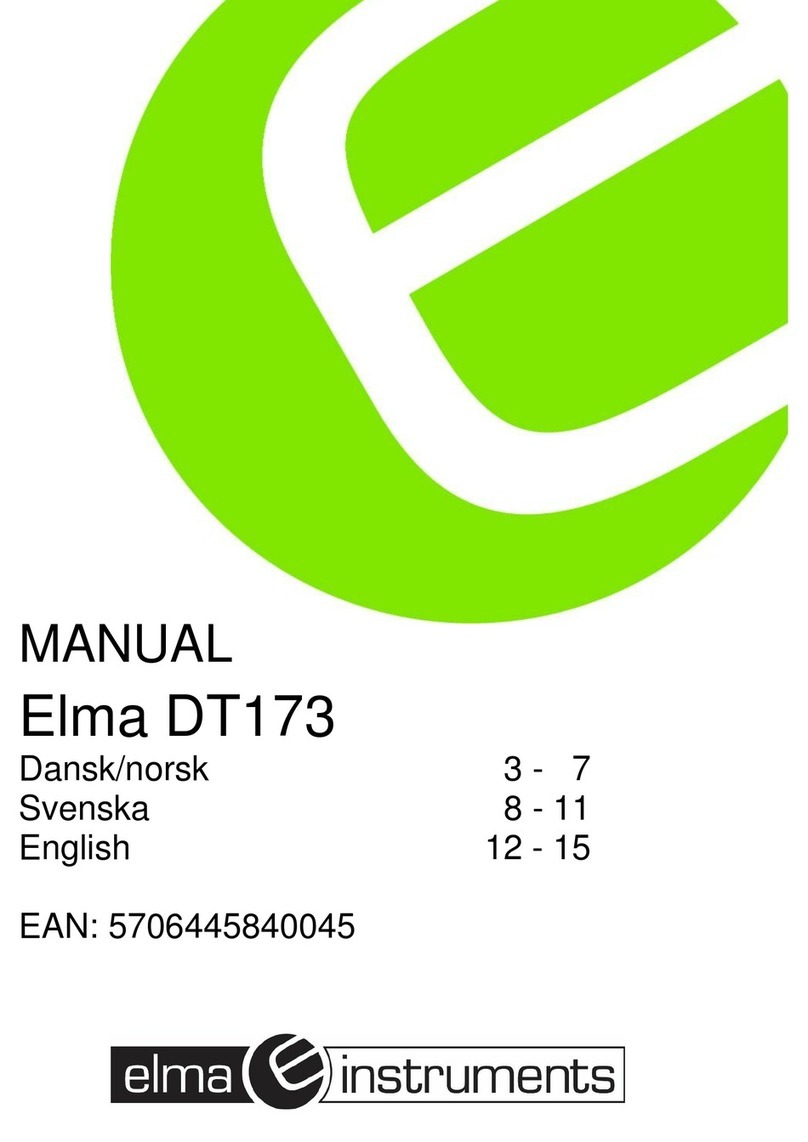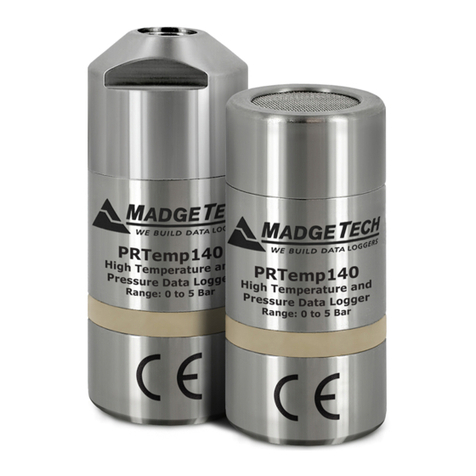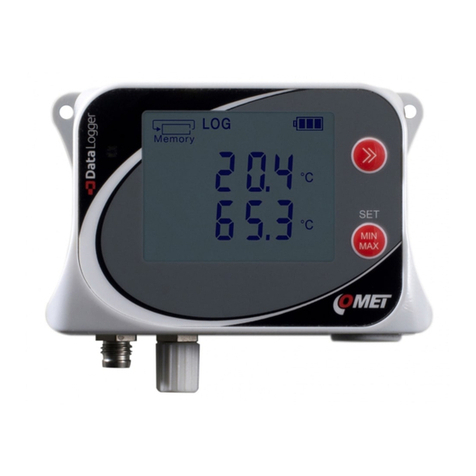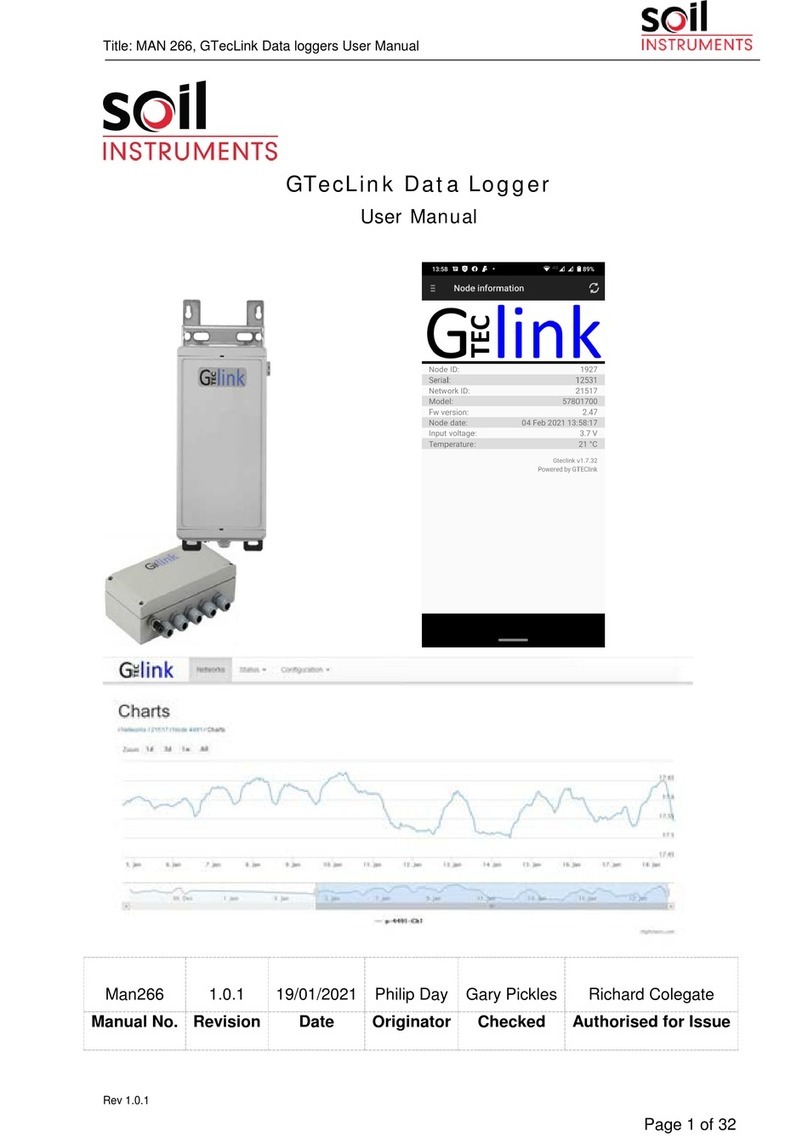
Contents
ii
Chapter 3
Setting before Measurement _______________ 43
3.1 Pre-Operation Inspection ....................................... 43
3.2 Operating Flow Overview ....................................... 44
3.3 Setting Configuration 1 – Recording Settings ..... 48
Specify the Recording Interval .........................................48
Setting the Display Time Base
(horizontal axis magnification, set as needed) .................49
Selecting the Recording Start/stop Method .....................51
Set the Recording Length for Repeated or
One-time Recording .........................................................52
Enable Digital Filtering (noise suppression) (as needed) 52
Automatic Saving .............................................................53
Replacing Removable Storage During Real-Time Saving 55
3.4 Setting Configuration 2 – Input Channel Settings 56
Voltage Measurement Settings ........................................58
Temperature Measurement Settings ...............................59
Heat Flow Measurement Settings ....................................61
Integration (Count) Measurement Settings ......................63
Revolution Measurement Settings ...................................64
3.5 Display Settings ...................................................... 66
Selecting Waveform Display Color ..................................66
Specifying Vertical Display Range by Magnification and
Zero Position (vertical axis expansion/compression) .......66
Specifying the Vertical Display Range by Upper and
Lower Limits (expansion/compression) ............................67
Converting Units (Scaling function) ..................................69
3.6 Entering Comments ................................................ 72
3.7 Viewing All Channel Settings in a List .................. 74
Switching Channel Display Settings ................................75
Batch Copying Channel Settings .....................................76
Batch Setting Waveform Display/Hide and
Waveform Color Settings for All Channels .......................77
Initializing Settings (to factory defaults) ...........................77
Aligning Zero Positions on the Grid .................................78
Display Celsius (°C) temperature values as Fahrenheit (°F)
..........................................................................................79
